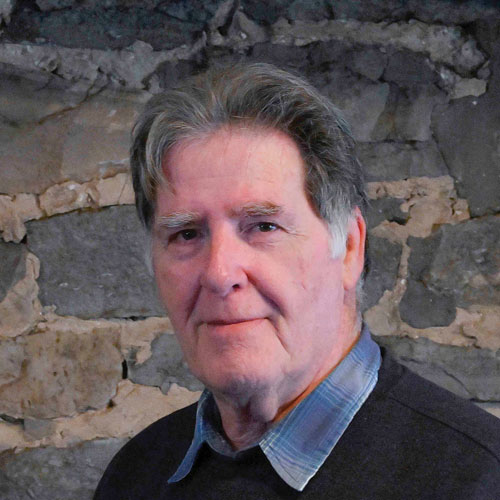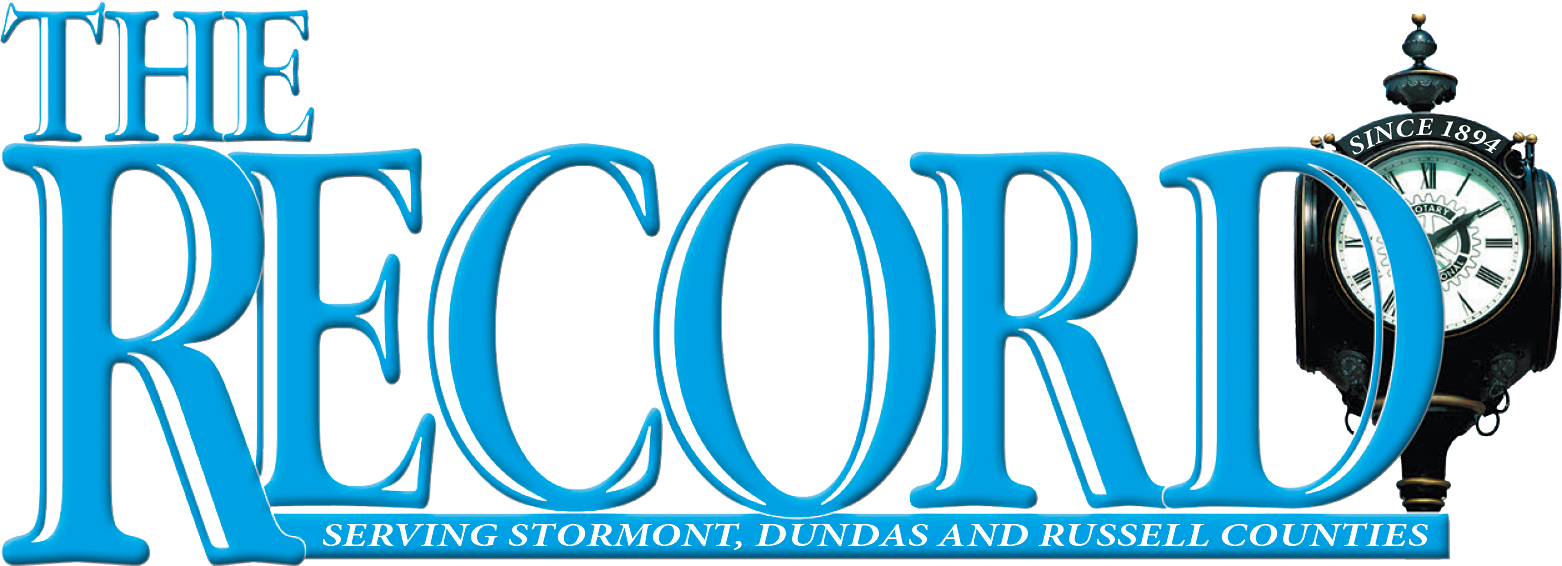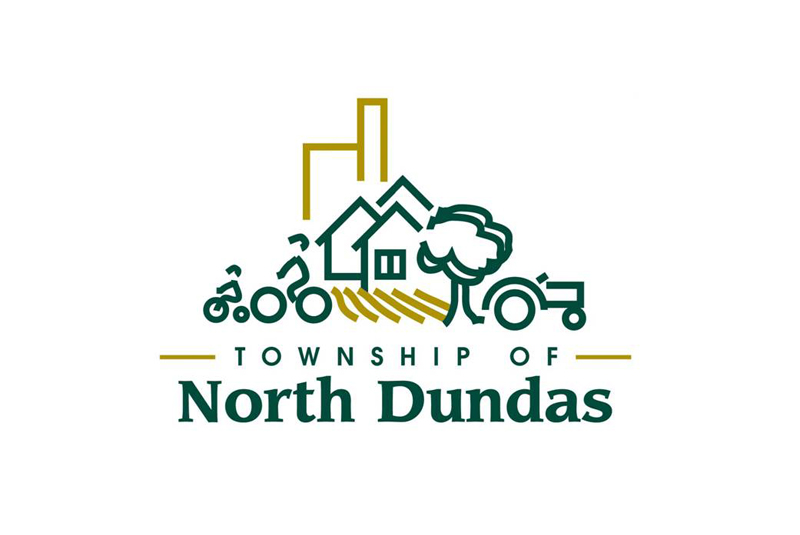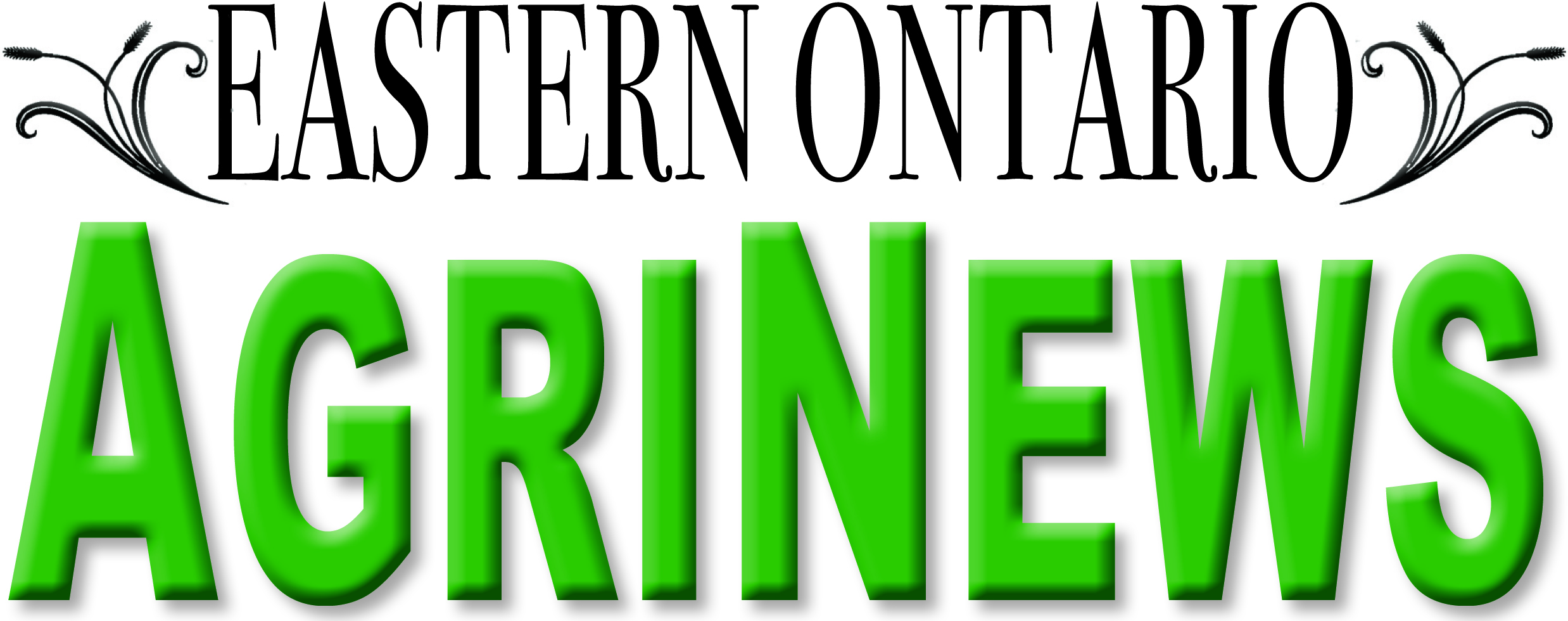Joseph Morin
Local Journalism Initiative Reporter
WINCHESTER – As North Dundas gets ready to deal with an unprecedented growth in Winchester and Chesterville, a report on the condition of the community’s drinking water resources and wastewater treatment facilities has arrived on the council table.
The report compiled by the Ontario Clean Water Agency, (OCWA) indicates all is well with the township’s water supply and wastewater treatment process.
The report highlighted a few minor issues with the drinking water system namely about following correct filing procedures and water testing deadlines and replacing a missing bolt on the well cap of test well in Chesterville Well #6. The bolt has been replaced and the well casing is secure.
Other than these very minor irregularities spotted by OCWA, the municipality’s drinking water facilities and capabilities are in good shape.
Increased residential and industrial growth expected over the next three years in North Dundas will, however, result in pushing the township’s drinking water and waste water infrastructure to the limit, and plans are already underway for a ambitious estimated $50 million necessary upgrade to both systems.
The municipality’s drinking water system is served by eight groundwater production wells.
The report stated: “Sodium hypochlorite (Chlorine) is used for both primary and secondary disinfection at five pump houses (two pumps at each house). There are two storage reservoirs, Chesterville underground reservoir and Winchester at-grade reservoir, two elevated tanks and approximately 51 km of distribution pipe network.
Overall, the system was operated and maintained according to the Safe Drinking Water Act. All of the following issues cited in the report have been corrected or completed.
1. Two distribution samples that were collected on Dec. 14, 2020 were submitted to Caduceon Environmental Laboratories in Ottawa, Ontario, without the free chlorine residual recorded on the chain of custody;
2. Monast Pit missed taking the sample for the 2020 reporting year;
3. The missing bolt on the well cap of the test well beside Chesterville Well #6 was replaced, securing the well casing;
4. The owner/operating authority was not in compliance with the requirement to prepare Form 3 and associated documents as required by their Drinking Water Works Permit.”
Winchester’s wastewater system consists of a gravity fed sanitary sewage collection system, three pumping stations and a wastewater treatment lagoon. The wastewater treatment system consists of a seasonally discharged five-cell lagoon system with a rated capacity of 1,046 m3/d with potential performance flow increase to 1660 m3/d.
Ontario Clean Water Agency (OCWA) has prepared an annual Winchester Wastewater System report for the period of Jan. 1 to Dec. 31, 2020 to meet the requirements of the Certificate of Approval. Overall, the system was operated and maintained according to the Certificate of Approval, however, the report identified the following few areas for further consideration:
The ECA limit of total suspended solids (TSS) was exceeded during the fall discharge from April 2 to April 30, 2020. The elevated TSS concentration in the samples appears to have been caused by algae growth in the polishing cells.
The hydraulic flows reaching the sewage lagoons in 2020 averaged 700 m3/day, which represents 42 per cent of the 1,660 m3/day design capacity.
The report included some history of the Chesterville wastewater infrastructure. Chesterville’s wastewater system consists of a gravity fed sanitary sewage collection system with three pumping stations and a wastewater treatment lagoon. The main pumping station is located on Water Street and discharges directly to the lagoon.
There is also a pumping station located on Lori Lane which was constructed in the early 1990s to service the Thompson subdivision. A third pumping station is located at the lagoon and services the industrial site located at 171 Main Street North.
This pumping station is currently offline.
Chesterville’s sewage treatment system was originally constructed in the 1970s and included only one lagoon cell until a second cell was added in 1981. Substantial upgrades to the system took place between 2014 and 2015. A second wet well was added at the main pumping station, increasing the pumping capacity to 145 l/s, and a continuous chemical feed system for phosphorus removal was added along a new forcemain from the pumping station to the lagoons.
The lagoon system was expanded by incorporating the former Nestlé lagoon cells, creating a five-cell system, and the existing municipal lagoon cells were converted to polishing/effluent storage ponds with the addition of aeration to both cells.
The lagoon system’s design capacity was increased from 1046 m3/d to 1660 m3/d following the upgrades. However, the ministry required that testing be undertaken to confirm the lagoon would be able to perform to the required effluent criteria when the facility reached the new rated capacity. The testing took place, and a report was submitted, but not deemed by the ministry to provide enough evidence that the lagoon would be able to meet all necessary requirements when operating at full capacity. Rather than extending the timeline to continue the testing, the ministry removed the performance testing requirement from the ECA and replaced it with a requirement in the annual report to review performance as flows increase. The amended ECA # 6657-BPYPVL was issued June 1, 2020.
Effluent from the lagoons is discharged in the spring and in the fall via a 600 mm diameter pipe, which extends from the treatment facility to an outlet in the South Nation River.
The report stated: “The ECA limit for total suspended solids (TSS) was exceeded during the spring discharge in 2020, and the objective was exceeded during the fall discharge. The elevated TSS detected in the samples was caused by algae growth in the polishing cells. The action plan submitted to the ministry on Oct. 1, 2018 by OCWA to address the ongoing TSS issues remains in effect. In accordance with the plan, effluent was discharged at a slower rate, over a longer period of time during the spring discharge. In addition, sludge removal from the west-polishing cell took place in 2019. OCWA is continuing to investigate and implement methods to reduce total suspended solids in the lagoon effluent. The pH objective of 8.5 was slightly exceeded in the fall, with an average effluent pH of 8.58.”

Joseph Morin is the Editor of the Eastern Ontario AgriNews, and the Record. He is, despite years of practice, determined to eventually play the guitar properly. He has served the Eastern Ontario community as a news editor, and journalist for the past 25 years with the Iroquois Chieftain, Kemptville Advance, West Carleton Review, and Ottawa Carleton Review in Manotick. He has never met a book he did not like.










